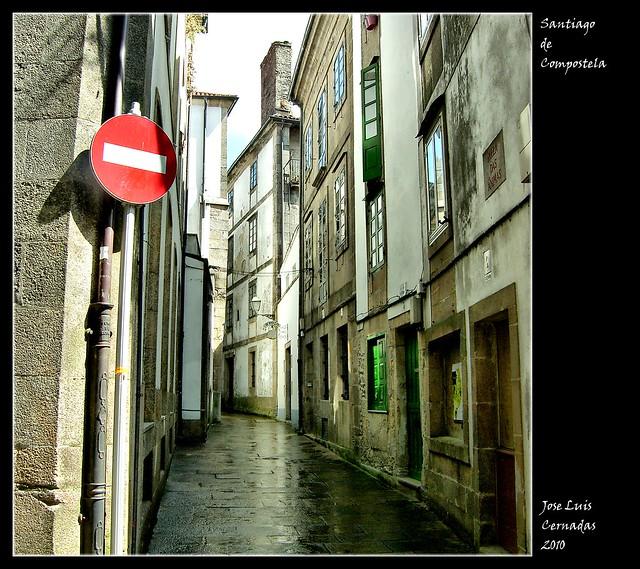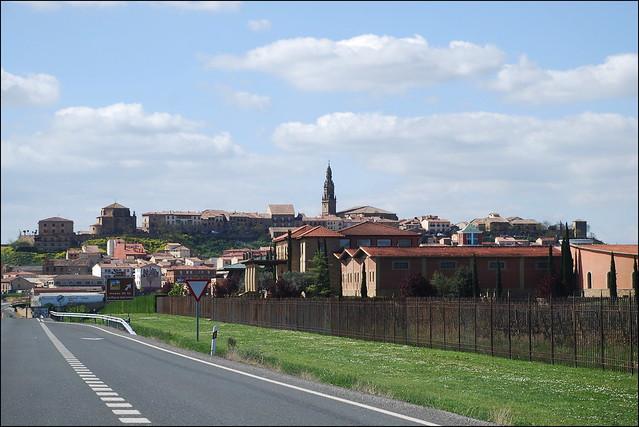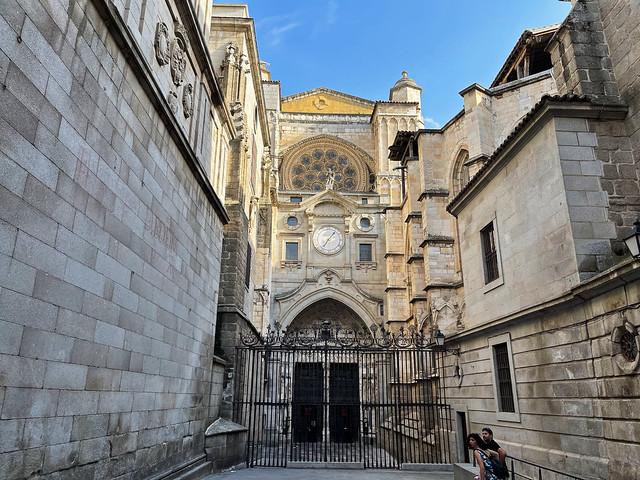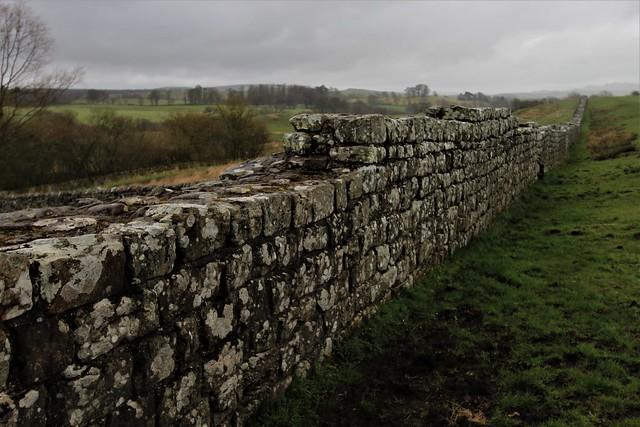Provincia de Segovia
Overview
Historical Significance
Provincia de Segovia, while not a city itself, encompasses the historic city of Segovia, a UNESCO World Heritage Site renowned for its stunning architecture and rich history. Founded during the Roman Empire, Segovia is famous for its remarkable Aqueduct, which dates back to the 1st century AD. This engineering marvel, with its impressive arches stretching over 800 meters, is a testament to Roman ingenuity and stands as a symbol of the city. The aqueduct served to transport water from the nearby mountains to the city, and its preservation over the centuries is a point of pride for both locals and visitors alike.
Segovia also boasts a wealth of medieval architecture, including the Alcázar of Segovia, a castle that resembles a fairy-tale fortress. With its turrets and picturesque setting, the Alcázar has served various purposes throughout history, including a royal palace and military academy. The castle is a must-visit for travelers, offering panoramic views of the surrounding landscape and a glimpse into the city’s regal past. Additionally, the Segovia Cathedral, known as the "Lady of the Cathedrals," is an outstanding example of Gothic architecture, completed in the 18th century. Its intricate design and majestic spires dominate the city’s skyline and invite exploration.
Cultural Atmosphere
The atmosphere in Segovia is a delightful blend of tradition and modernity. As you wander through the cobblestone streets, you’ll encounter charming plazas such as Plaza Mayor, which is often filled with locals enjoying tapas and chatting over coffee. The plaza is surrounded by historic buildings, providing a vibrant backdrop for social gatherings and cultural events. The city celebrates various festivals throughout the year, including the Feast of San Juan in June, which features parades, music, and local cuisine, allowing visitors to immerse themselves in the local culture.
Segovia is also known for its culinary delights, particularly the world-famous cochinillo asado (roast suckling pig). This dish is a staple of the region and is often prepared in traditional wood-fired ovens, creating a crispy skin and tender meat that will tantalize your taste buds. Pair your meal with a glass of Ribera del Duero wine, produced in the nearby vineyards, to enhance your dining experience. The local gastronomy reflects the region's agricultural heritage, showcasing fresh ingredients and time-honored recipes.
Local Characteristics
What sets Segovia apart is its ability to maintain its cultural identity while welcoming visitors from around the world. The city is home to a friendly and warm community that takes pride in sharing their heritage. Artisans can be seen crafting traditional goods, from pottery to textiles, in small shops throughout the city, offering unique souvenirs for travelers. The vibrant art scene is also noteworthy, with galleries and exhibitions showcasing both traditional and contemporary works from local artists.
Nature enthusiasts will appreciate Segovia's proximity to stunning landscapes, including the Sierras de Guadarrama mountains, perfect for hiking and outdoor activities. The surrounding countryside is dotted with picturesque villages, where you can experience the charm of rural Spain. The region’s natural beauty, combined with its historical significance and vibrant culture, creates an inviting atmosphere that draws travelers to explore and connect with the essence of Segovia.
In conclusion, Segovia is a treasure trove of history, culture, and culinary delights, making it an essential destination for anyone traveling through Spain. Its unique blend of ancient and modern elements offers an unforgettable experience that will leave a lasting impression on all who visit.
Other towns or cities you may like in Spain
Explore other cities that share similar charm and attractions.






